
9 minute read
Process Improvement At The Steam Valve


COVER STORY
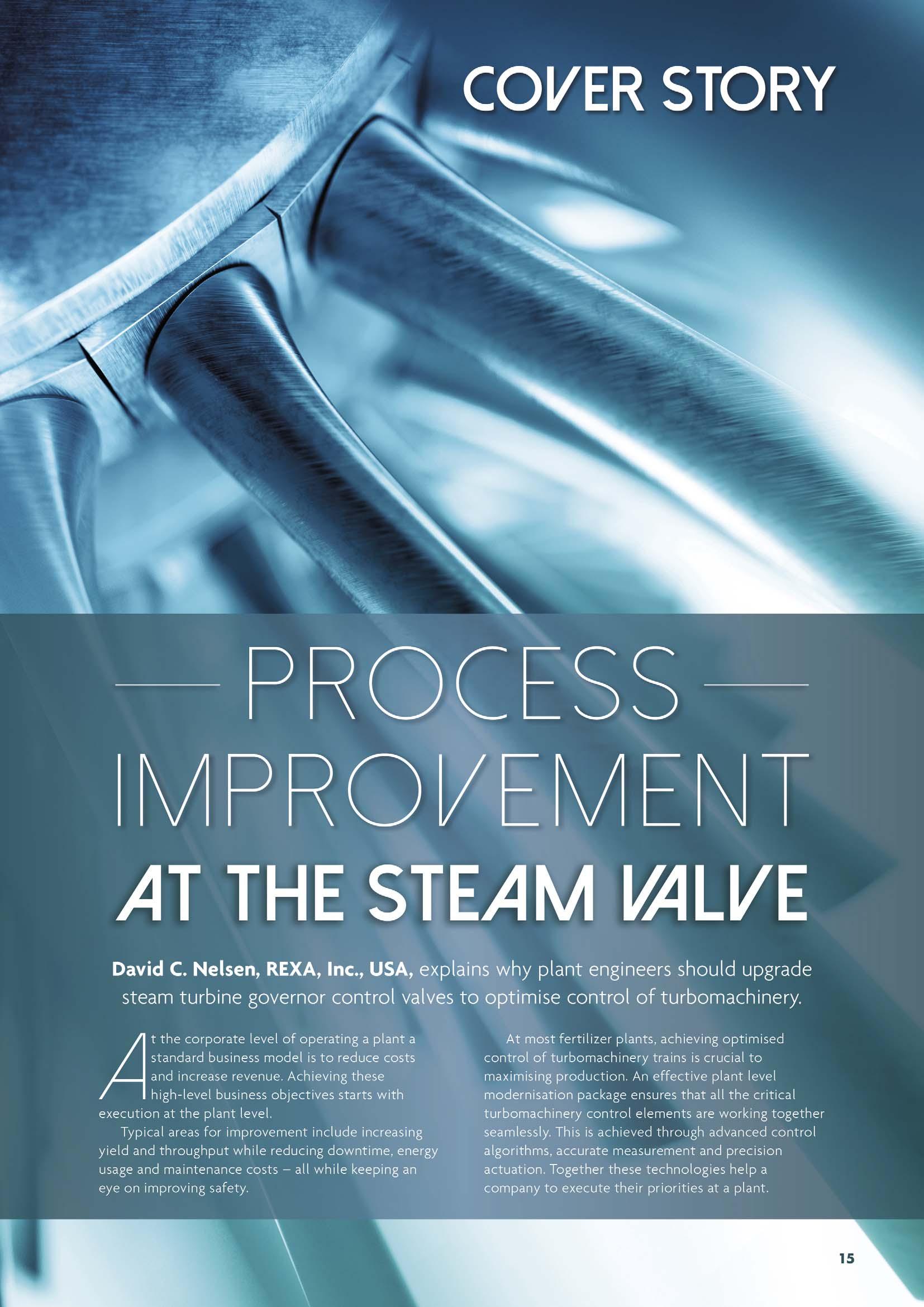

PROCESS IMPROVEMENT

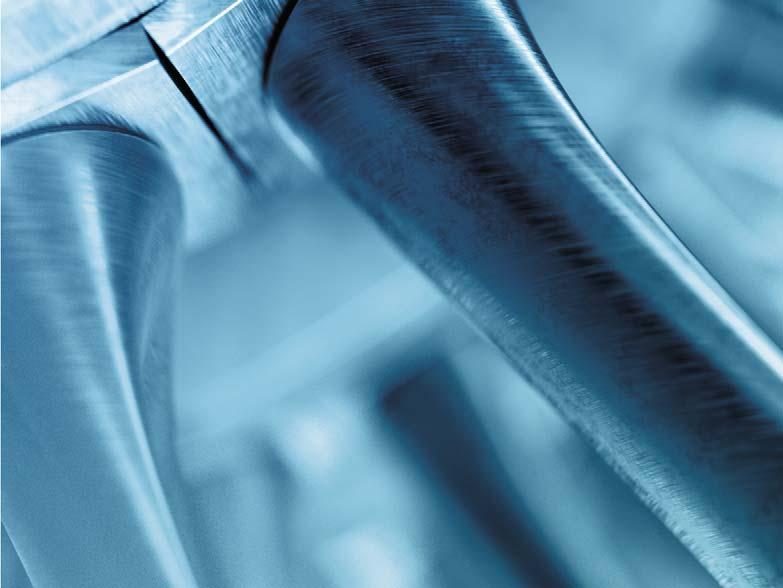
AT THE STEAM VALVE


David C. Nelsen, REXA, Inc., USA, explains why plant engineers should upgrade steam turbine governor control valves to optimise control of turbomachinery.
At the corporate level of operating a plant a standard business model is to reduce costs and increase revenue. Achieving these high-level business objectives starts with execution at the plant level.
Typical areas for improvement include increasing yield and throughput while reducing downtime, energy usage and maintenance costs – all while keeping an eye on improving safety.
At most fertilizer plants, achieving optimised control of turbomachinery trains is crucial to maximising production. An effective plant level modernisation package ensures that all the critical turbomachinery control elements are working together seamlessly. This is achieved through advanced control algorithms, accurate measurement and precision actuation. Together these technologies help a company to execute their priorities at a plant.

Just like any control system, turbomachinery control consists of: Measurement. A control system. A control element.
A good turbomachinery control system keeps the process steady, and provides protection to the machinery as well as the upstream and downstream processes in the event of an upset condition. To understand the importance of these elements working together, think of the following analogy: in a car driving down a road, the driver is the one taking in the measurements of their car between the lanes, the levels of petrol and oil and the response of the tyres on the road.
The control system would be similar to the driver’s brain making the decisions about what to do next – do they need to accelerate or slow down?
The actuation responds just like the pedals in a car, and they have to work well so that the driver can stay safe and reach their destination on time.
The response of the car is the feedback from the process – did the tyres maintain traction, did the speed increase when needed? Ultimately, did the car stay on the road when the deer jumped in front of it, or did the driver have to pull over?
These elements are all working together so quickly that the driver does not even think about it most of the time. The same is true for turbomachinery control: knowing where to go is the blueprint for how to design a system to work the way that it is required to.
Plant engineers often focus on upgrading the electronic controls systems; many times this does not extend to the actual control actuators operating in the field. As an example, most plants may have upgraded and are using the most advanced control platforms with the most defined algorithms that are tuned and calibrated to modulate the steam turbine governor control valve actuator. Despite this, the steam turbine governor control valve actuators in the field are often overlooked as far as technology upgrades and operational effectiveness are concerned.


Figure 1. Every element is important to achieving reliable and efficient turbomachinery control.
Figure 2. Traditional pilot and power piston arrangement.
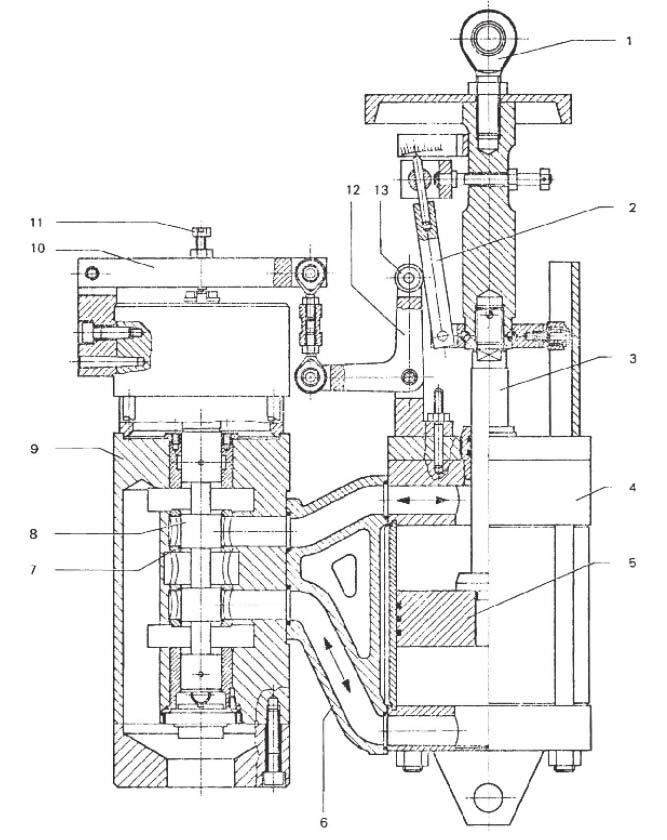
Oil supply
Many traditional hydraulic systems are open-loop systems using a hydraulic power unit (HPU), a gravity-fed reservoir and a series of servo and/or proportional valves for control. These systems have a large quantity of oil and essentially all utilise the same principle of operation.
Hydraulic fluid is drawn from the reservoir by motors and pumps to facilitate movement of the actuator cylinder, and is then drained back to the reservoir when the cylinder moves to position. The oil is continually circulated at high frequency to accomplish the high-resolution control performance required for the application. Since the system is not sealed and is open to the atmosphere at the reservoir the oil is subject to breakdown.
It should be kept in mind that the control oil is from the same HPU that supplies turbine/compressor bearing lube oil. If turbine or compressor shaft seals leak, they can also contaminate the oil in the lube oil reservoir. Exposure to the atmosphere adds moisture, which causes degradation to the oil system due to moisture ingress, oxidation and corresponding acid build-up. The continuous circulation of hydraulic fluid adds heat to the oil, which accelerates and exacerbates the breakdown of the hydraulic fluid.
In order to combat the effects of oil breakdown, plant operators are required to perform a high level of maintenance on these systems. Extensive fi ltration systems are used, demanding high maintenance intervals coupled with fl ushing and replacement of hydraulic fl uid. Ultimately, the hydraulic fl uid degrades to the point where the servo and proportional valve actuation systems become stuck, resulting in loss of control and system downtime.
One way to address these oil issues is to consider REXA, Inc.’s ElectraulicTM actuation technology.
To alleviate all the oil problems linked with traditional hydraulic systems, companies are replacing the steam turbine original equipment manufacturer (OEM) governor valve actuation with self-contained actuation systems produced by REXA. The savings in maintenance costs and reduction in downtime make the system a suitable replacement. The actuator’s hydraulic oil is self-contained and therefore does not use the existing turbine control oil. Both the frequent maintenance needs of the OEM power cylinder and the issues resulting from contaminated or dirty control oil are eliminated. Installation costs are also lower, since new hydraulic piping is not required. In fact, in many cases the installation and calibration of the actuator takes less than half a day.
It is worth noting that existing OEM servomotors (actuators) are exposed to turbine control oil, which can contaminate and affect servomotor performance. Furthermore, internal parts can start to stick due to exposure to contaminated turbine control oil. Many mechanical feedback linkage are wear points, requiring high maintenance. Finally, it can also be less expensive to retrofi t an existing servomotor to a REXA actuator than to continue with the high maintenance costs of an existing OEM servomotor. Common problems experienced by turbomachinery due to traditional oil-based mechanical technology include: Frequent unit trips. Dirty oil, leading to frequent servo valve maintenance or failure. Sticky mechanical actuators. Oil leaks (fire hazard). HPU operation and maintenance for the governor control oil system. Lack of OEM actuator spare parts.
Electraulic actuators are designed for a continuous modulating service with an adjustable dead-band as tight as 0.05% of stroke. The inherent incompressibility of the hydraulics provides repeatable, stiff and accurate control performance, as is required in this demanding application. The drawbacks associated with HPU-based hydraulics are eliminated by design. The system utilises a patented fl ow match valve (FMV) technology. The FMVs are used in conjunction with a bi-directional gear pump in a positive pressure sealed hydraulic system, removing the need for a hydraulic reservoir and the problematic servo and proportional valves. The hydraulic circuit design means there is no need for governor valve control oil fi ltration, and it requires no oil maintenance as part of a preventive maintenance plan. Electraulic actuators are also simple to make fail-safe, without any detriment to the control precision. With both spring and accumulator-based fail-safe technology, the actuator can achieve trip speeds as fast as 300 msec., meeting the requirements for turbine control. Redundancy options are another benefi t of using the technology.
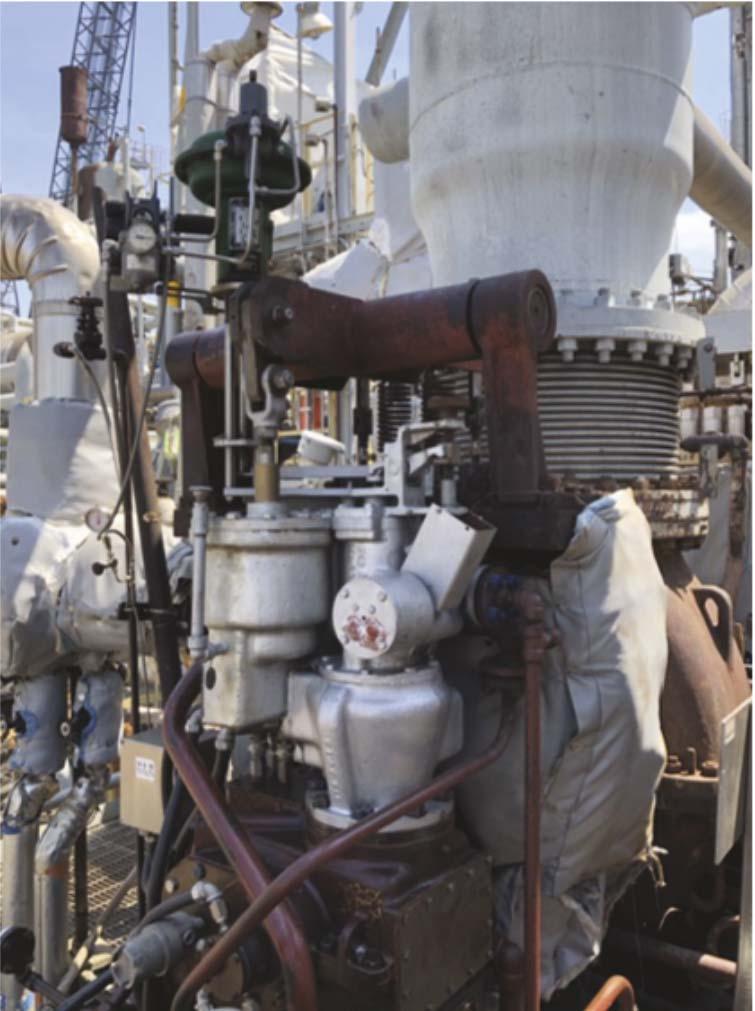
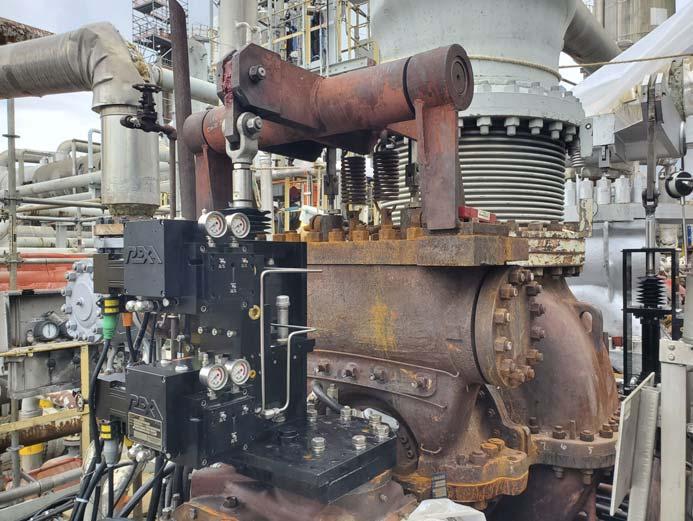
Figure 3. REXA before and after on a De Laval steam turbine.
Case study
Decades-old low-tech mechanical and hydro-mechanical governor equipment continue to be operated with many turbines in refi neries and process plants. This equipment can present maintenance and operational challenges. It can lead to reduced effi ciency and reliability in the production process. The job of the turbine speed governor is to
provide accurate speed control, thus preventing process oscillations and unplanned shutdowns, and improve process throughput. To achieve this goal precisely and dependably, it is advisable to perform a governor valve actuation retrofi t. The advantages of doing so include stabilisation of equipment speed with tighter revolutions per minute (rpm) control, and avoiding nuisance process and equipment trips. This enables the turbine to operate at its maximum potential without interruption.
Compressor Controls Corp. (CCC) recently implemented a mechanical retrofi t for a North America process plant experiencing large swings (100 – 200 rpm) in the speed control of a steam turbine. The speed instability was caused by an inadequate governor valve actuation system. The sticking actuator could not maintain the setpoint target and had recently caused a process trip of the main air blower.
Sticky actuators
Diffi culties with speed control meant the steam turbine had to be operated manually and at a higher target speed than desired. In addition, load sharing with a secondary process compressor could not be implemented and the operator had to use the blow-off valve to adjust the air fl ow. Additionally, the steam turbine could not use the existing CCC automatic start-up sequence because of the sticking actuator. The new actuation system specifi ed was a REXA Electraulic self-contained unit. It uses a position-controlled power module, driven by a 4 – 20 mA signal, to turn an internal oil gear pump that displaces hydraulic fl uid from one side of a cylinder piston to the other. A rod extending from the cylinder is mechanically connected to the steam turbine governor valve rack and is able to position the rack from the closed to open position. The system has no need for an external oil supply source. The actuation retrofi t was executed during an unscheduled outage. As a result, the turbomachinery train could more accurately match its performance with the desired process setpoint. This also allowed use of the automatic start-up sequencing and load sharing features of the CCC control system. Controlling compressor effi ciency starts with precision control of the steam turbine driver, in order to regulate the speed of the compressor. Actuator upgrades depend on turbine design. For turbines with shell-mounted control valves, the actuators may individually drive multiple control valves or there may be a single power piston arrangement that drives a bar or rack, allowing multiple steam valves that are mechanically coupled together to be opened sequentially. For turbines with chest-mounted control valves, it may be a globe-style valve external to the turbine that is providing the control. In some confi gurations, a pilot valve assembly with a small stroke and a low thrust requirement may be used to port lube oil to the power piston.
Conclusion
Optimisation of actuation is a key contributor to maximising the precision control ability, availability and safety of turbomachinery – doing so helps to minimise process upsets and quickly return the operation back to normal in a safe and controlled manner.
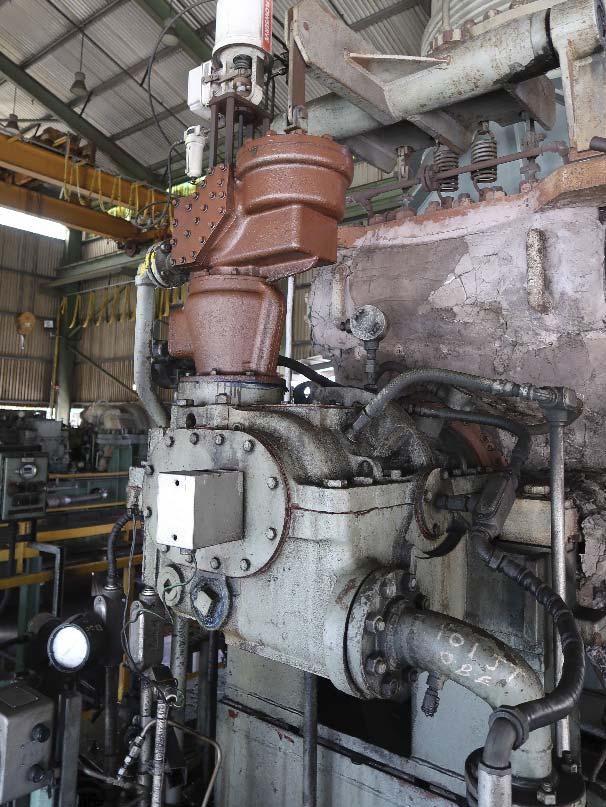
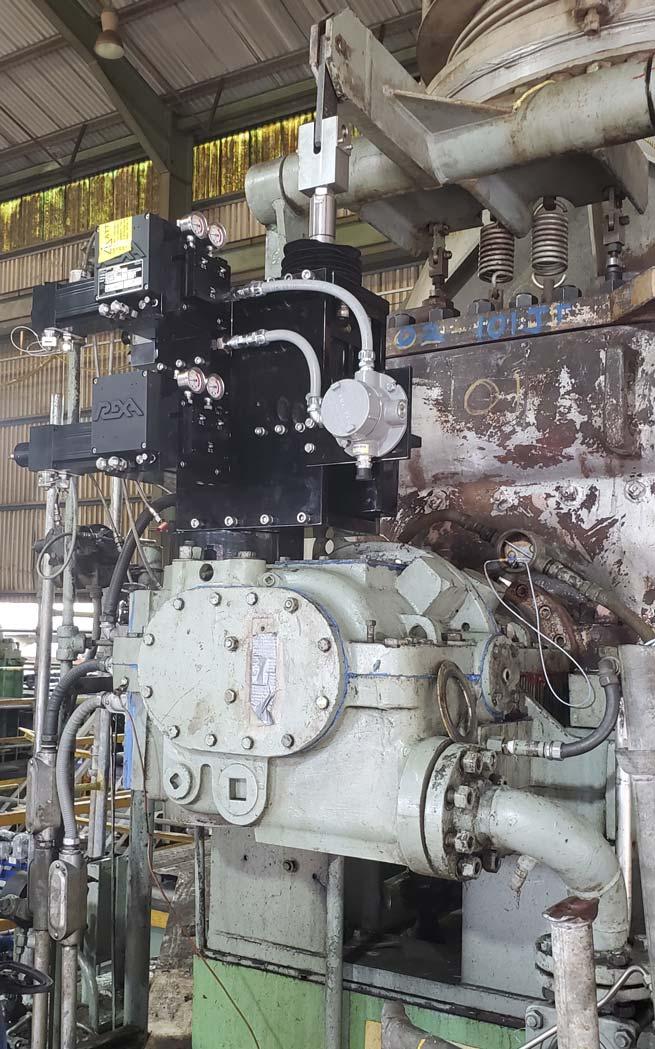
Figure 4. Example of a less effective pneumatic actuation system dependent on customer supplied oil on pilot retrofit versus fully self-contained REXA Electraulic actuator.






